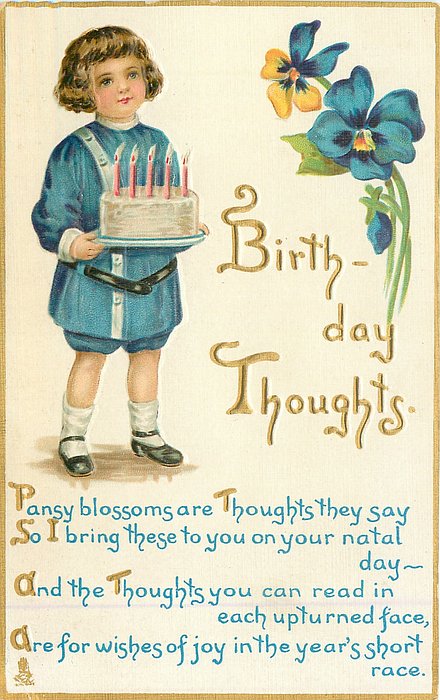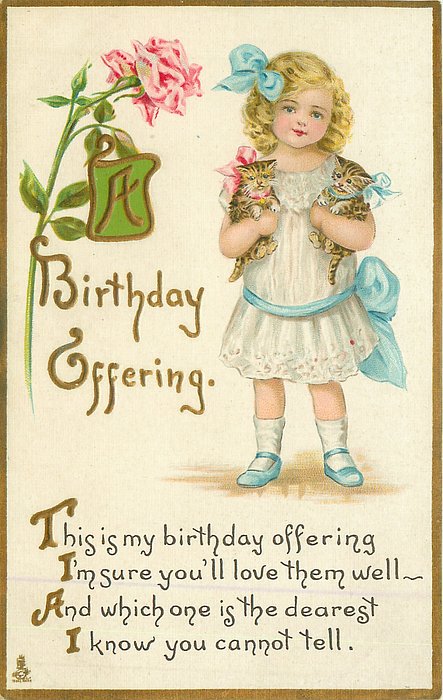A fully bloomed Lotus flower or Lilly may have been given as a birthday gift as long ago as the days of the ancient Egyptians – that is if they knew when their birthday was. Other flowers were awarded as birthday gifts by the Greeks and those of the Roman empire. Each of these cultures used flowers in their religious practices. The Greeks used flowers as storytelling props and as embellishments at public rites and ceremonies. They also had well-established social norms and frequently exchanged flowers to show affection, respect, appreciation, or love.
Throughout history other civilizations continued the tradition of gifting flowers. In the Middle Ages the people of Turkey concocted lists of occasions like birthdays, marriages, and passings, when flowers should be given, and which flower best symbolized the event. (Even then blue and pink were synonymous with births; gold and silver with marriages, and black and white with death.) Like practices spread throughout the world, and other cultures, especially the English who were immersed in Victorian traditions, fine-tuned flower giving to the point of absurdity.
The English of the late 1830s to 1910s are characteristically known as being the world’s most elegant society, but their ways were quite different than the mass-media society most of us live in today. For example, a Victorian gentleman would seldom, if ever, say to a lady, I love you, but he would present her with a rose that would, by tradition be a non-verbal way of saying the same thing.
Near the end of Queen Victoria’s reign, postcards came to be a fanciful and intimate means of communication and postcards showing flowers and carrying messages of congratulations, love, and quite often general concerns to all family, friends, and acquaintances for but a farthing, got the business of social responsibility accomplished to a tee – perfectly or completely!
For those who could not fulfill their social obligations in person, it was Raphael Tuck to the rescue! Tuck was there with many sets of postcards, designed to send messages that were accompanied by flowers.
The Birthday Children set #193 was a ten-card series that featured flowers, a child, and a poem. The art is common and consistent throughout, but since the images are unsigned, we can only guess that they were created by Clara Miller Burd for they certainly adhere to her style.
The poems are quaint and seem to be perfectly appropriate for the era. Only a few of the ten refer to the flower in the rhyme. For example, the “Birthday Thoughts” and the “A Joyous Birthday” cards refer to the flower in the first line of each rhyme:
Pansy blossoms are thoughts they say
So I bring these to you on your natal day…
or
To you these violets I bring
Fragrance of joy and the Breath of Spring…
The style, meter, and tone of these and the others betray the era of their creation, totally unlike a couple of the recent birthday cards I have seen, one of which wished the recipient a Happy Birthday on this the 22nd anniversary of your 25th birthday. And, another that read, You’re out of this world, my old friend. Here’s to starting your next orbit around the sun! Happy Birthday!
And, there is this interesting fact that I discovered while researching this essay: FTD (Florists’ Transworld Delivery) appeared in August of 1910, but the sales and mailings of postcards in 1910 was one of the highest in history. Things may have changed little for those who care about the very best, but not for those folks with shallow pockets.










Very interesting. Thanks. Wasn’t FTD ad line “Say it with flowers.” I seem to remember that in commericals in my youth.
Yes, FTD (the initials originally stood for Florists’ Telegraph Delivery) adopted the slogan in 1918.